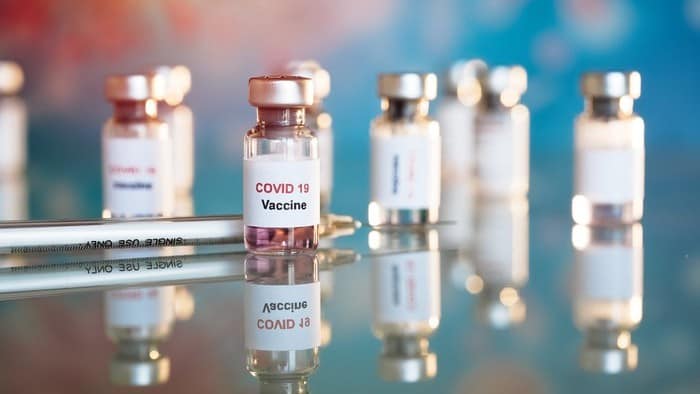This article was originally published on Fool.com. All figures quoted in US dollars unless otherwise stated.
If you could get a coronavirus inoculation this afternoon, you probably wouldn't care if the clinician told you that the shot might feel a bit chilly. But when it comes to hiring employees or judging which vaccine is going to sell better, it pays to know the difference between candidates that don't need special help to keep their cool and those that need to be beyond ice-cold to have a chance at success.
Will Moderna Inc's (NASDAQ: MRNA) newly proven vaccine outperform its competitor made by Pfizer Inc (NYSE: PFE) and BioNTech SE (NASDAQ: BNTX), which is likely to obtain regulatory approval and subsequently hit the market at roughly the same time? Early signs say yes, but not for the first reason that may come to mind.
You can't just throw your vaccines into any old fridge
Moderna's mRNA-1273 isn't any more effective than Pfizer's candidate when it comes to preventing infection. Both are protective at around 95% effectiveness. The pair also seem to have similarly mild side effect profiles, so with all else being equal, there's no clear favorite. There is one small difference that probably will make mRNA-1273 capture a larger market share and deliver better returns for investors, though. Its advantage is that it doesn't need to be stored at super-cold temperatures.
Many vaccines need to be stored in a cool environment to avoid spoilage. For mRNA-1273, a standard refrigerator is cold enough to preserve it for up to 30 days. If it needs to be kept for longer, it'll require storage in a standard freezer instead. Then, clinicians will thaw doses and move them to the refrigerator shortly before people get vaccinated. It's clear that most healthcare facilities in the United States have the right equipment to meet these requirements without buying or doing anything new.
In contrast, the Pfizer inoculation needs to be shipped and stored at a brisk -94 degrees Fahrenheit to remain stable for longer than five days. It isn't possible to reach temperatures that low in a normal freezer, which means that special ultra-cold freezers are necessary. While many hospitals have access to these colder freezers, they cost upwards of $10,000 each, which poses a major challenge to any smaller sites hoping to distribute the vaccine.
In my firsthand experience, these ultra-cold freezers are also significantly more prone to disastrous malfunctions than the type you have at home. Plus, you won't find that kind of equipment in many of the most likely distribution points, like doctors' offices or clinics -- they're typically very large, and they consume a ton of energy to stay chilly. Finally, transporting doses from site to site while keeping them at the right temperature might also pose a problem, even for larger healthcare systems.
Can Pfizer and BioNTech bring their vaccine in from the cold?
Pfizer has a plan to keep its doses chilled to the appropriate temperature during transportation and storage. After designing a special cold shipping container, it has also developed a complex new distribution system for just-in-time delivery to clinical sites. If it works, it will reduce most of the barriers to procuring the inoculation. Nonetheless, the system is untested, and it wasn't developed in conjunction with the company's traditional logistics partner companies like McKesson Corporation (NYSE: MCK). It's also unclear how expensive it will be for Pfizer to operate. Management has hinted that future formulations of its candidate might even be tolerant to the balmy temperatures of a standard freezer.
For the moment, Moderna's vaccine has none of these problems to overcome. So, when faced with procuring Moderna's easily stored vaccine or Pfizer's more cumbersome one, it's hard to see why a customer in a healthcare system would pick the latter. Pfizer and BioNTech will probably still sell millions and millions of doses, but unless they can definitively solve their issues with frostiness, Moderna will have a clear path toward a much larger market share.
This article was originally published on Fool.com. All figures quoted in US dollars unless otherwise stated.









